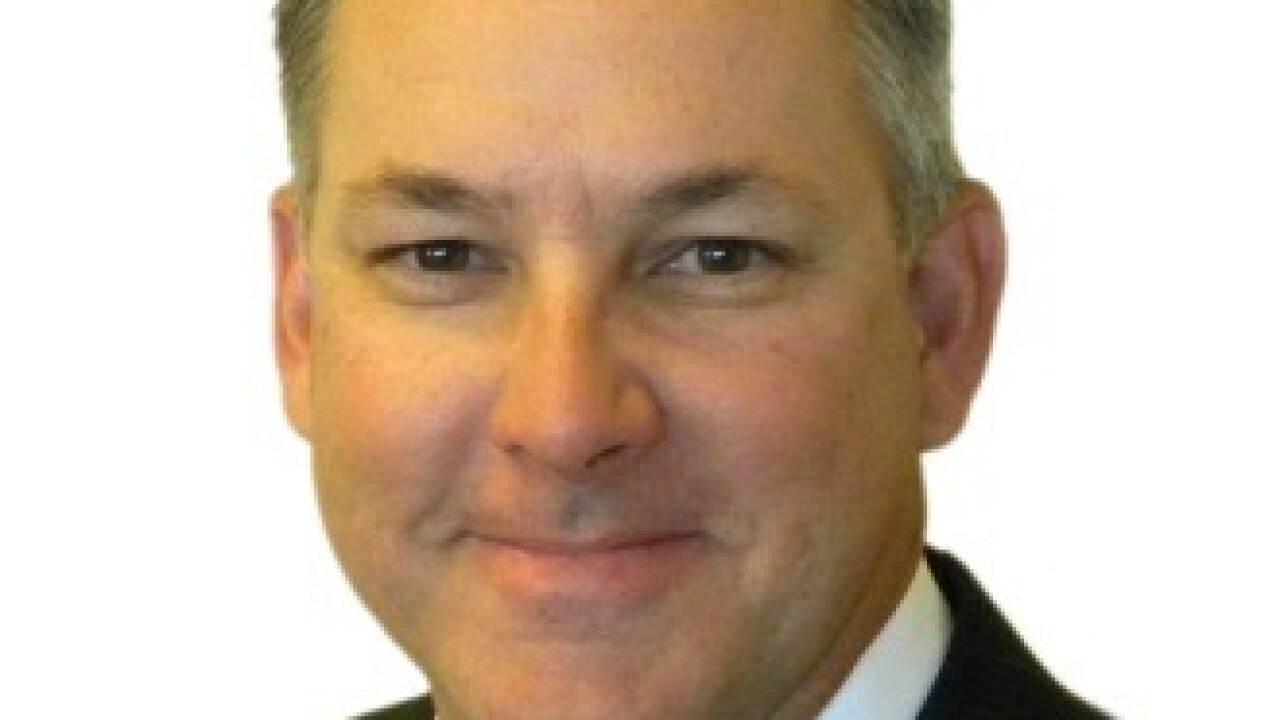As installment payments become mainstream, providers are experimenting with new offerings to keep customers engaged.
Buy now/pay later-focused companies such as Klarna and Sezzle are diversifying; while Curve, a payment firm from outside of BNPL, is adding installment lending as part of its own diversification.
"At the end of the day we want to provide the best experience for the consumers when they are facing a decision to go with us or someone else," said Daniel Lange, senior product director for Klarna in Stockholm, adding the features that surround the payment have become important in building relationships and repeat purchases, a more reliable source of income in a market that's also becoming more heavily regulated.
These value-added features are the future of BNPL.
BNPL firms have a window to make these changes due to the product's popularity with investors.
The Swedish company has used the funding to add services that build on its core BNPL product. It recently added a
Klarna has a banking license in Sweden and a core banking system built through Amazon Web Services, allowing it to add products beyond installments. It offers these products to its enrolled base of consumers. "We want to create new ways to buy online and enable different ways to shop," Lange said.
The potential of regulatory pressure is also driving product development at BNPL firms, as governments raise concerns over the risk of consumers
At American Banker's
Klarna uses an internally-developed credit risk management system that vets borrowers based on prior payment performance and other data sources. The newly launched single-use account has a similar credit risk process, but the virtual card is funded with the approved amount for that single purchase outside of Klarna's merchant network, according to Lange.
"As we get to know the consumer more through repeated purchases and lending that's paid back on time, they get more purchasing power," Lange said.
Another BNPL firm, Minneapolis-based Sezzle, leans into the creation of a broader credit profile as part of its customer relationship strategy. This messaging is somewhat contrary to the traditional BNPL ethos of credit avoidance.
Sezzle recently introduced Sezzle Up, an opt-in feature that allows Sezzle to report consumers' payment histories for Sezzle BNPL lending to the credit bureaus. As consumers make more payments and buy more items, Sezzle increases their spending limits.
The company is positioning the product as a way for its largely younger consumer base to build their overall credit profile in anticipation of future purchases that don't necessarily involve Sezzle.
The company introduced the product after it found 50% of its users wanted to embed credit building into the installment product, according to Charlie Youakim, Sezzle's CEO. That's only half, but it's enough for the company to appeal to college-aged and those in their early 20s of the benefits of balancing credit with an overall budget.
"We think young consumers want a way to build credit, but avoid the revolving and surprise debt that comes with credit cards," Youakim said. "It's not the credit building part, it's the balance that's a concern ... it's people getting over their skis."
Sezzle is also expanding into long-term lending through a partnership with Ally Financial. This expands the BNPL concept to purchases of up to $40,000 and terms of up to 60 months, pending a credit review and approval. The terms vary, but Sezzle says a sample six-month loan for a $1,000 purchase would have a 14.99% APR with a $174 monthly payment. That's at the low end of a credit card, but Youakim said the single-item purchase makes the terms of the lending easier to understand.
The partnership with Ally, a regulated bank, reduces Sezzle's credit risk for larger purchases, while allowing Sezzle to offer big-ticket financing to its merchant network, Youakim said.
London-based fintech Curve, is not primarily a BNPL provider but is using install payments as a diversification play for its other products, which build off of an account that allows users to store several payment cards in a single location.
Curve recently used a
Curve's products include a "back in time" feature that allows consumers to retroactively change the card used in a prior purchase. Curve recently launched other products that include an anti-embarrassment mode that automatically substitutes one card in a user's card stack if another is rejected at the point of sale.
Another feature, Auto Spend, allows consumers to change their settings and automatically spend cash back earned through Curve's incentive marketing. Curve takes the money directly from a Curve Cash balance when there aren't enough funds to cover the transaction.
Curve positions its broadening menu as a financial management play that will soon include point of sale financing as an additional way for consumers to view their cash position against debt.
Curve has partnered with Credit Kudos, a London-based credit referencing agency, to use open banking data to assess a consumers' affordability and creditworthiness. Open banking refers to the use of open development tools such as application programming interfaces to enable easier data sharing between fintechs and financial institutions. It's also the technology that enables embedded finance or super app strategies.
Called Curve Credit, the BNPL feature allows consumers to pay in installments or "go back in time" to pay later through Curve's existing product menu.
"BNPL doesn't feel like a loan and that could cause people to be less responsible," said Shachar Bialick, founder and CEO of Curve, noting that the open banking partnership is fully regulated. The BNPL is designed and positioned as a financial management tool that's part of a menu of cards that can draw funding from multiple relationships that consumers have.
"Regulation's not a bad word. It's about making sure the product is safe," Bialick said.





